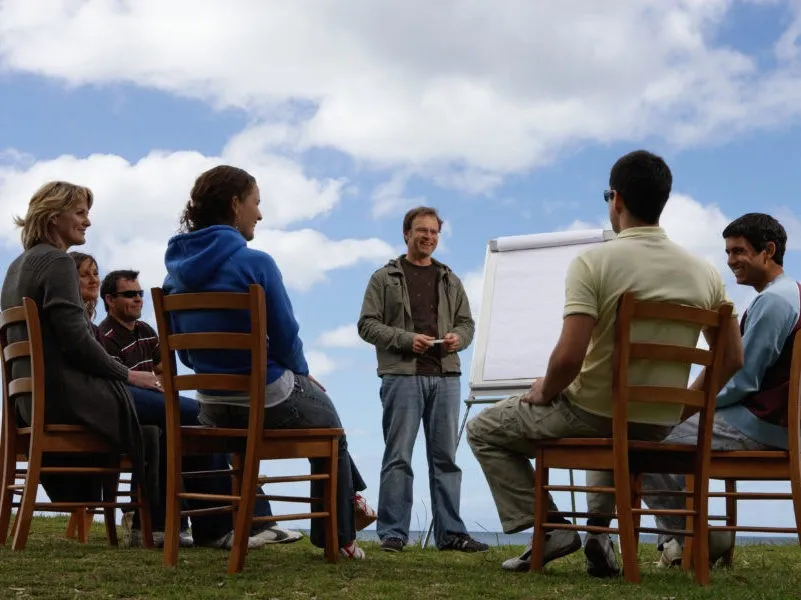Collaborate, motivate and activate communities

I recently completed a training course on how to engage communities, and you’d be surprised how a bit of structure in a discussion can help motivate people to take positive action to change the world.
Community engagement encourages participation in the decisions that affect . . . well, the community. However, to successfully engage people you need to do more than just turn up to a meeting.
The course, run by Macquarie University’s Australian Research Institute for Environment and Sustainability, explains how to capture the opinions of a representative group or engage a whole community, how to empower communities and develop closer working relationships with them.
For example, you have to ask the right people the right questions to get the information you need. You have to listen, document what people say, and analyse the information carefully. And when reporting your findings, it’s important to report back to the community and have them check that you’ve accurately captured their views.
Community engagement can take many forms, ranging from basic information sharing (such as through fact sheets, websites and media activity), to consultation (including surveys, interviews and public meetings) and active participation (involving citizen juries, consensus conferencing and other community collaborations).
We worked through real-life case studies, such as the Habitat Stepping Stones project that encouraged property owners to plant native species and create wildlife habitat in their backyards to address habitat fragmentation.
The training course includes topics such as designing and developing community engagement projects, building community resilience and capacity, and engaging diverse groups and volunteers of all ages.
For more information visit: www.mq.edu.au/courses/engaging_communities/
Author:
Date Posted:
August 6, 2018
